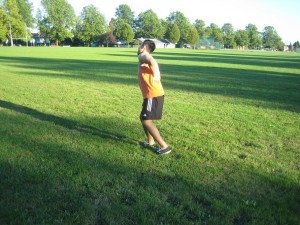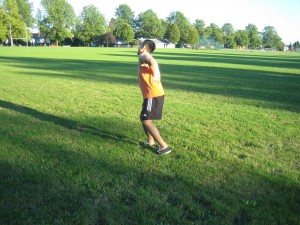If an individual has hip bursitis, there is pain that radiates down the exterior of the thigh. This occurs once the bursa positioned over the point of the hip or greater trochanter is inflamed.
The bursa is a small-sized sac filled with fluid that protects the tendons and helps minimize friction between the tendon and bone. Engaging in repetitive activity and overuse usually in sports has been the main cause, but can also affect overweight women with degenerative spine issues. Always bear in mind that hip bursitis is a long-lasting condition, but there are measures to deal with the inflammation as well as minimize the irritation on the bursa.
Getting enough rest
Overuse of the hip joint can lead to the tenderness of the bursa in the joint. It is recommended to take frequent breaks from any activity that worsens the condition to ease the inflammation that triggers irritation. Whether the individual rests in between episodes of physical activity or start it easily as a matter of routine, rest can greatly help in preventing the inflammation responsible for hip bursitis.
Modification on exercise

The only way to prevent the development of hip bursitis is to avoid engaging in repetitive movement as much as possible. In some cases, the routine can be modified in order to avoid from performing activities that can irritate the bursa over the greater trochanter. As for athletes, it might be impossible to avoid engaging in repetitive activities that their sport requires.
Proper warm-up
It is important to warm-up the muscle and joints properly. Correct stretching of the muscles and warm-up can effectively prevent hip bursitis. Always bear in mind that stretching reduces the strain placed on the hips and loosens up the muscles. The recommended exercises include iliotibial band stretch and piriformis stretch.
Application of cold
You can apply a cold compress on the affected area. It is recommended to utilize an ice pack to reduce the inflammation that might cause the bursitis by constricting the blood vessels. An alternative is to use crushed ice that is placed in a plastic bag or simply use a bag of frozen vegetables. Apply the ice pack in the hip region for 15-20 minutes several times throughout the day as long as pain is present.

